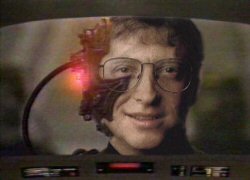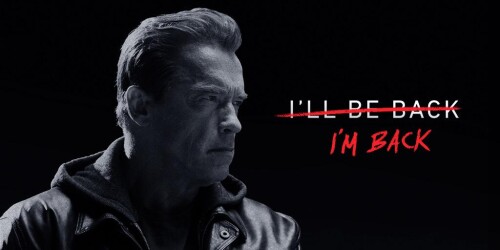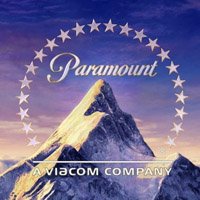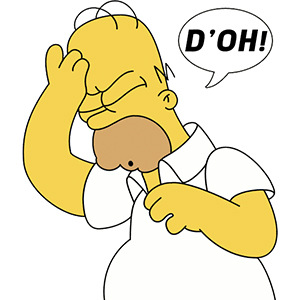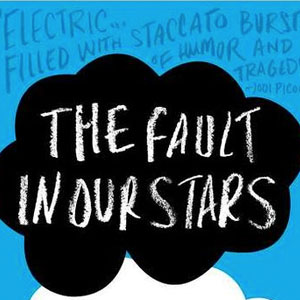Revisiting Ground Zero; Honoring the Lost of 9/11
This is the first blog post I ever wrote. It is my account of the day I spent at Ground Zero. I was there assisting a friend who was commissioned to bring restoration equipment to One Liberty Plaza, the tall, black monolith-like building across the street from what was once the South Tower. One Liberty Plaza was one of the buildings believed to be in danger of collapse immediately after the attacks of September 11.
Although the events of this testimonial occurred on September 25, 2001, two weeks to the day after the attacks, every year, on September 11, I quietly open the original file and read it. I then close the file, but I never forget. Today, I decided to share my experience with you.
This post was originally published on the now defunct SiliconPhilly.com in late 2001.
 A DISPATCH FROM GROUND ZERO
A DISPATCH FROM GROUND ZERO
It was the smell that got to me
I once met a man who had survived Auschwitz. He described the stench of a Nazi concentration camp. The air was filled with an acrid, charred odor belching from the crematoria. It was thick enough to taste. This is what death smelled like. This is what I smelled at Ground Zero.
Two weeks to the day after the attacks, I stood at the very spot where I had once stood on my first trip to the World Trade Center in 1993. I remember tilting my head back until my neck hurt and gazing up at those twin edifices standing so tall and defiant against the deep blue winter sky. So proud they were; a marvel of engineering and symbol of economic vitality. I thought they could withstand eternity.
On September 25th, I tilted my head back until my neck hurt and gazed into an intensely beautiful blue sky where once titans stood, and all I saw was a thin haze of grey smoke, and it was the smell that got to me.
The need to understand
I really didn’t want to go, but my friend needed the help and to be perfectly honest, there was a side of me that needed to see it. It was the side that had watched the attacks unfold live on September 11th from the comfort of my living room, the side that subconsciously still didn’t think it was real. So I went; not so much to deliver much needed equipment, but to understand.
Behind the lines
By the time we arrived at Ground Zero, we had already passed through five check points. The area immediately surrounding the World Trade Center was fenced off by armed National Guardsmen checking every vehicle and every occupant for identification. We showed our red laminated Emergency Passes issues by the Mayor’s office and were ushered through each check point.
As we entered Ground Zero, the first thing I saw was the remains of the South Tower, that skeletal framework that had appeared on so many newscasts, news papers and magazine covers. A shiver went down my spine as a grey smoke drifted around it, giving the scene a surreal atmosphere. It was real. It actually happened.
I got out of the car and was immediately struck by the stench of burning materials. Among them were odors I’ve never smelled before, but it didn’t matter, I knew what it was. I put on my respirator and glanced up at my destination; One Liberty Plaza.
 One-L Plaza is a massive black tower, 50-some floors wrapped in a framework of glass and steel girders. The building looked bent and twisted near the top, but as I had been briefed, that was an optical illusion. That’s what caused so much panic immediately following the attack.
One-L Plaza is a massive black tower, 50-some floors wrapped in a framework of glass and steel girders. The building looked bent and twisted near the top, but as I had been briefed, that was an optical illusion. That’s what caused so much panic immediately following the attack.
Surrounding us was a scene of complete chaos. Dump trucks, tractors, fire engines and other vehicles moved quickly through the narrow streets of lower Manhattan, their motors shaking the ground. Then a burly, exhausted rescue worker tapped me on the shoulder.
The rules of Ground Zero
“Hey, Buddy. You can’t leave your car here,” he said, a weariness in his voice.
“I’m doing restoration work at One Lib,” I replied.
“Yeah, but you see that claw?” He points to a massive four-fingered steel claw attached to an even more massive tractor next to which I had parked. It had been the same claw I had seen on the news picking through the rubble. Only now I realized it was one of dozens.
The worker faces me. “If they need it, they’re just going to pick your car up and move it.” He makes a motion with his hand, like that of a child picking up a toy car and discarding it. He wasn’t being malicious. He was simply telling the truth.
“Where do I park?” I asked.
He shrugs. “I dunno… Wherever you can.” And he walks away.
And that was my introduction to the rules of Ground Zero. There were no rules, just a mission to get the job done. You parked where you can; in my case, between fire engines pumping thousands of gallons of water per day on a still smoldering pile of debris. I hoped it would still be there in an hour.
We delivered our equipment to One Lib quickly. The building was covered with a thick film of ash. Inside, the lobby’s subway entrance was blocked off, but the basement, where we were working, was open. Two weeks after the attack, with extra ventilation equipment blasting air throughout the building, I could still taste the smoke with each breath.
Ground Zero
Three hours later we were finished. Exhausted, we exited the lobby and found ourselves face to face with destruction on a level most Americans only see in the movies. I’ve heard it described as a scene from “Armageddon” or “Independence Day.” While not the best analogies, they suffice. To see such devastation amid towering, ultramodern sky scrapers, one would think it is a movie set… It has to be… but it isn’t. I’ve worked on movie sets. In the movies, the smell doesn’t get to you.
We made our way down the periphery, along a sidewalk littered with the refuse of rescue and fine pieces of debris tracked in by workers. Hundreds of C and D batteries were scattered on the ground. Flashlights and radios need lots of batteries.
A temporary roof was erected over the sidewalk. It was the kind you see in front of a building under construction. Along the entire length of its framework, perhaps a thousand cards and letters and hand made posters gave thanks to the tireless courage of rescue workers – the “Ground Heroes.” Seventh graders from Michigan, third graders from California, a small village in Denmark, and everywhere, hundreds upon hundreds of American flags, and photographs of the missing… and the missing… and the missing…
 There is a solemnity at Ground Zero, and numbness. Hundreds of rescue workers, police officers and engineers doing the last thing that they ever could have imagined on September 10th, now hardened by weeks of misery and fortified by a quiet determination.
There is a solemnity at Ground Zero, and numbness. Hundreds of rescue workers, police officers and engineers doing the last thing that they ever could have imagined on September 10th, now hardened by weeks of misery and fortified by a quiet determination.
It is that determination which keeps them digging, for Ground Zero is more than just a pile of smoldering debris. It is the resting place of approximately 3,000 Americans and Germans and Egyptians and Japanese and Hindus and Moslems and Christians and Jews and mothers and fathers and brothers and sisters and fiends and lovers and on… and on…
That September day
What had happened on that September day, when so many people just like you and I went to work for the last time, will be impossible to forget. Like me, they were filled with hopes and dreams of the future. Like me, none of them could have imagined how that fateful September day was to unravel.
But unravel it did, and now all our days and dreams are a little different. Indeed, some more than others, but the difference is there. That, we cannot change. However, our response to this tragedy, this damnation of our collective psyche is another matter.
Having stood at Ground Zero, having smelled the vapor of death, having seen the mashed rubble, I understand perhaps a little better what those animals tried to take away from me, from you, from all of us on that September day.
 Coda: Cleansing my soul
Coda: Cleansing my soul
That night, after I returned home, I tried to wash the acrid order of horror from my body, but I could not cleanse my soul. I could not sleep. I lay awake and stared up at a blank ceiling. With every blink, I saw the horror of that day. With every breath, I smelled the smoke.
I got out of bed, went into the living room and turned on the TV. Avoiding the news channels, I tried to find something to watch, anything to distract me. The end of a rerun caught my attention; with a steely resolve, the hero was rocketing into space to engage his enemy in a climactic battle whose outcome was less than certain. As his fleet raced into the blackness, his narration set the tone. Of all things; he was quoting “Ulysses” by Alfred Lord Tennyson.
…and tho’ we are not now that strength which in old days
Moved earth and heaven, that which we are, we are,–
One equal temper of heroic hearts,
Made weak by time and fate, but strong in will
To strive, to seek, to find, and not to yield.
I always found that quote to be inspirational. Without a doubt, in the aftermath of the evil deeds which I witnessed, I vowed then and there to steel my own resolve; to work harder, to love more passionately, to serve more faithfully and to appreciate all that I have. And though the enemy has wounded us and done far worse to some, it is only through that resolve that I have and will forever defeat them.
——–
Your comments are appreciated.





